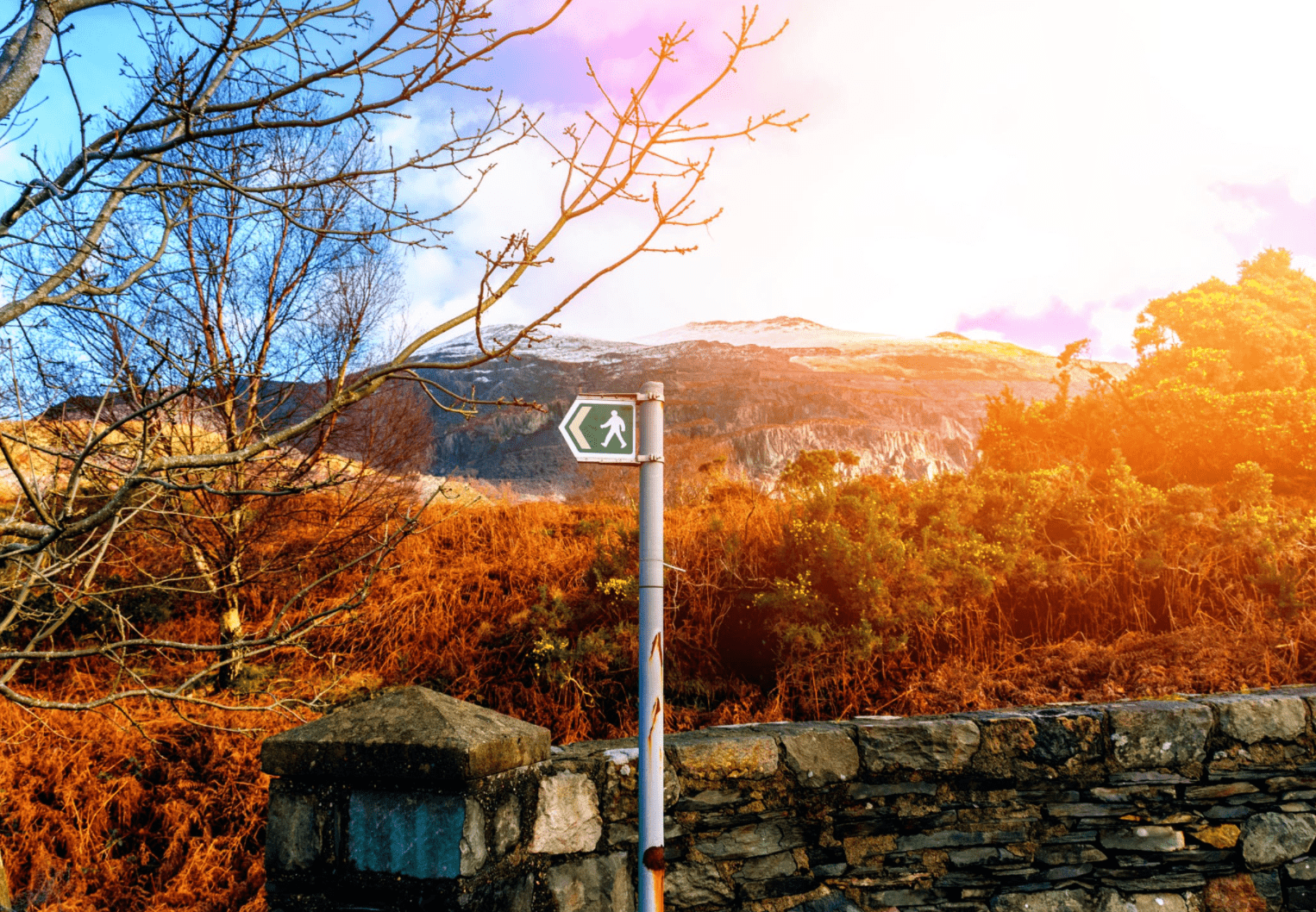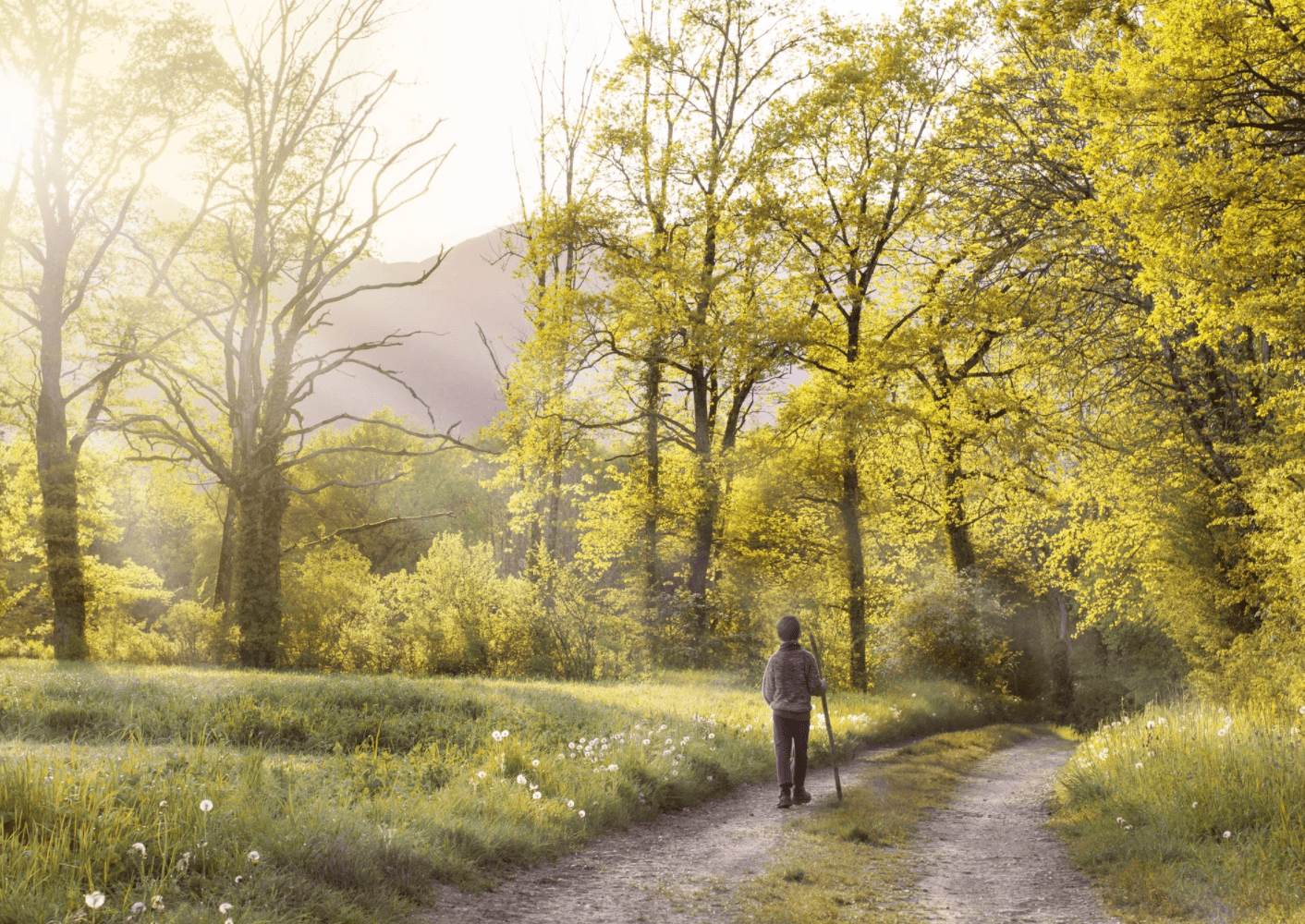
Things are taking a little longer than usual, please bear with us...
Walking In Devon
Read our guide for Walking In Devon and Find and Book experiences, courses, activities and tours! Browse through the list of experiences, either instantly book onto your dates or enquire to book. All you have to do is turn up and enjoy! If you’ve got any questions about any specific experience, send a message and the providers will aim to get back to you as soon as possible. Have a specific experience in mind that we don’t have listed? No problem, drop us a message and we’ll send your quote around to hundreds of the best experience providers nationwide and come back with you the best quote, making it easy for you to make the most of your spare time!
Devon
Devon is a fantastic location for the outdoor enthusiast, comprising two contrasting coastlines and not one but two National Parks! For the canoeing and kayaking enthusiast it has an awful lot to offer. On the south coast at its border with Cornwall lies Plymouth, with the stunning natural harbour that is the Plymouth Sound and the River Tamar threading it’s way inland from here. Further along the coast there are numerous gorgeous coves and estuaries making for some fantastic day trips or family outings to explore some of the more remote sections of coastline. The north coast is more rugged and can tend to have more of a swell, but when calm offers some glorious coastline to explore from towns such as Ilfracombe and Combe Martin.
What to Wear for Hiking?
Getting the right hill walking equipment can be the difference between a fantastic day out and 50 shades of grim, or in a worst scenario an embarrassing call to mountain rescue. So what is essential walking kit? This differs based on where you’re going hill walking and what the weather is.The climate can change very quickly in the UK, so essential walking clothing will protect you for all weathers. As one of the main hill-walking legends himself put it “There's no such thing as bad weather, only unsuitable clothing”, Alfred Wainwright. Make sure you’ve got full body waterproofs, both a jacket and trousers. Take a carrier bag to waterproof out your bag. And add a carrier bag to protect essential items like your phone. Make sure you're wearing appropriate footwear for the terrain. And don’t underestimate how much of a beating they can take climbing hills, especially with rocks or scrambling. Bring spare warm layers such as a hat, gloves, neck scarf and spare fleece and warm clothes (enough to make you feel warm when not on the move).

What to Pack for Hiking or Long Walks?
Depending on the conditions of your walk you’ll need to pack differently. If you’re going on a route that’s not well marked make sure you have the means to navigate.- Navigation tools: a map with a compass (even if it’s a backup to your digital tools), for the worst case scenario of the digital navigation tools running out of battery.
- Mobile phone: fully charged. Don’t rinse through the battery using instagram in case you need to call for emergencies.
- Take a good backpack, preferably with a built in hydration system so you can constantly take on water as you move, making it easier to stay hydrated throughout the day.
For Long Distance or Mountain Walks:
- First Aid Kit and Medicines: very important if going up particularly challenging terrain
- Head touch and spare batteries: In case it gets dark due to the sun setting or a storm setting in, a head torch can be very useful, if not vital.
- Group Shelter: can be used to set up quick camp, in the case of an almost immediate storm, should you wish to shelter temporarily.
- A whistle: In case fog sets in and you need to help others find you.
For Winter Mountaineering:
- Crampons and Ice axe: for winter mountaineering, the use of crampons to get grip on snow and ice, and ice axes to aid with grip can be used. It’s essential to practice using these before going on a mountaineering expedition as they can take some getting used to.
- Walking poles: Not always essential, but can be used to take weight off your feet and ease impact on your knees and hips. They can help with keeping good posture and can make it easier to walk if used correctly.
- Belay device, harness and ropes: If going up particularly challenging, steep areas or ridges with big drop-offs, sometimes the use of ropes can aid safety in the case of an accidental fall. If climbing, these are essential pieces of kit.
Other searches
- Walking In UK
- Outdoor Activities In Devon
- Watersports In Devon
- Walking In Devon
- Cycling In Devon
- Canoeing and Kayaking In Devon
- Rock Climbing In Devon
- Stand Up Paddle Boarding In Devon
- Adventure Holidays Near Devon
- Kayaking Holidays Near Devon
- Surfing Near Devon
- Things To Do With Kids In Devon
- Things To Do With Dogs Devon
Your journey to easier and more powerful ticket sales starts here
Quick sign-up, no obligations
Try for freeSolutions
Industries
© Copyright Beyonk Limited
Registration Number 11994212 (England and Wales)
